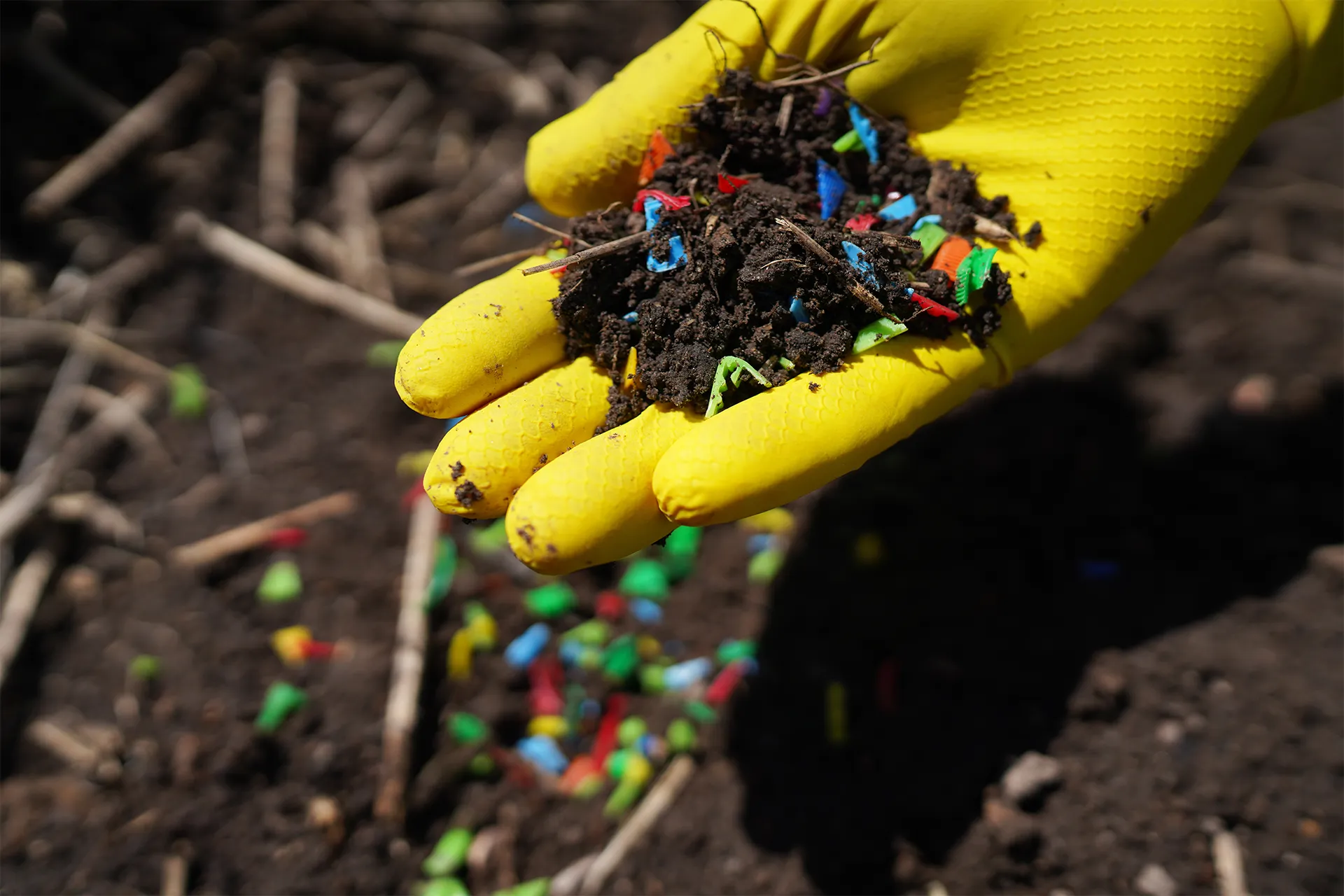
What Happens to Microplastics with EcoPure®?
Microplastics have become one of the most pressing environmental issues of our time. From ocean waters to drinking supplies, these tiny fragments of plastic are now found virtually everywhere. For consumers and manufacturers alike, the concern is clear: if a product claims to be biodegradable, does it still leave behind microplastics?
The Problem with Fragmentation Technologies
Not all so-called “degradable” plastics are the same. Some products marketed as Oxo-degradable or photo-degradable break down only into smaller and smaller pieces under UV light or oxidation. While they may fragment more quickly than conventional plastics, they do not undergo true biodegradation. Instead, they leave behind microplastics — particles that persist in the environment and can enter the food chain.
This issue has led to bans on Oxo-degradable plastics in several countries and growing skepticism from regulators and consumers. The distinction between fragmentation and biodegradation is critical.
How EcoPure® Differs
EcoPure® is not a fragmentation technology. Instead, it is an organic additive that alters how microbes interact with plastic. When treated plastics are placed in biologically active environments, such as landfills, EcoPure® triggers microbial activity that leads to complete biodegradation.
The process works like this:
- EcoPure® creates a biofilm on the plastic surface, attracting microbes.
- Microbes penetrate and digest the polymer chains by consuming carbon from the backbone.
- The plastic is converted into natural byproducts — primarily CO₂, methane (in anaerobic conditions), water, and biomass.
Because the microbes are consuming the carbon structure itself, no polymer fragments remain. This ensures that plastics treated with EcoPure® do not leave microplastics behind.
Internationally recognized tests, such as ASTM D5511 and ASTM D5338, measure the gases produced by microbial digestion of plastics. This methodology confirms whether actual biodegradation is occurring rather than simple fragmentation.
In these tests, EcoPure®-treated plastics have shown accelerated biodegradation, producing measurable levels of CO₂ and methane. This provides direct evidence that the carbon from the plastic has been metabolized by microbes, rather than breaking down into persistent fragments.
Long-term studies back this up:
- Polyethylene bags with EcoPure® reached nearly 80% biodegradation in landfill simulation tests.
- Polystyrene lids and PET bottles treated with EcoPure® achieved 60%+ biodegradation in extended trials.
The takeaway is clear — EcoPure® enables true biodegradation, not fragmentation into microplastics.
The global conversation around microplastics is intensifying. Research continues to link microplastic exposure to potential health risks for humans and wildlife, while regulators are cracking down on misleading claims about “biodegradable” products.
For manufacturers, being able to demonstrate that their plastics do not contribute to the microplastics problem is a powerful differentiator. EcoPure® provides third-party test data to back up these claims, offering measurable proof that treated plastics biodegrade completely rather than fragment.
Microplastics represent one of the greatest challenges in the plastics industry, and not all “green” technologies address the issue. Unlike oxo-degradable or photo-degradable additives, EcoPure® ensures that plastics are digested by microbes into natural byproducts — leaving no microplastic fragments behind. For manufacturers seeking to make credible, science-backed sustainability claims, EcoPure® is a practical solution to one of the most urgent environmental concerns today.


